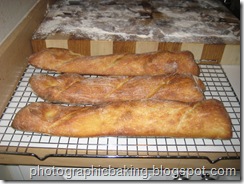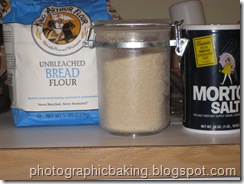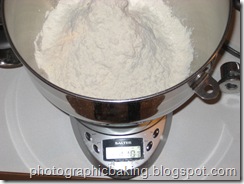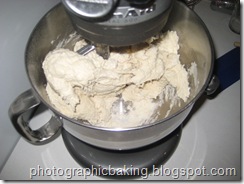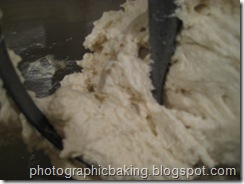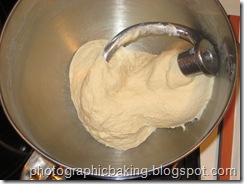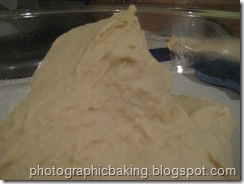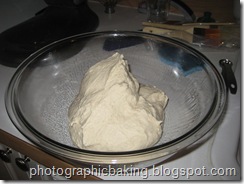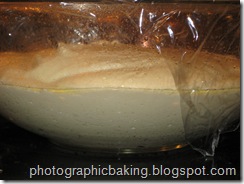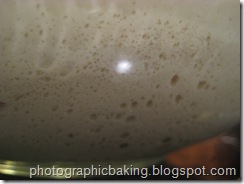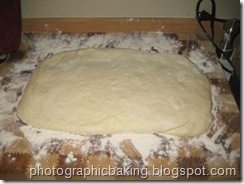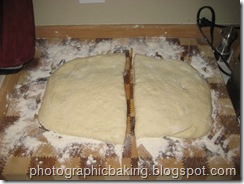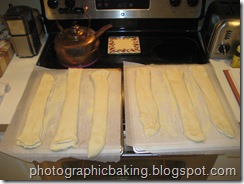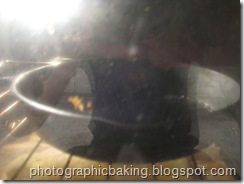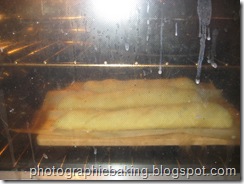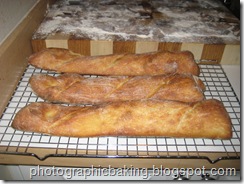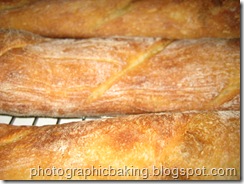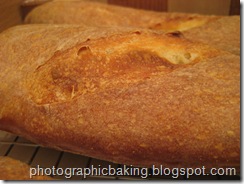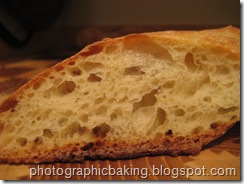Having spent some time in Europe growing up, I occasionally crave some good bread. A few weekends ago I decided to bake up a batch of baguettes.
I ruffled through my favorite bread book, The Bread Baker’s Apprentice: Mastering the Art of Extraordinary Bread by Peter Reinhart. I can’t say enough good things about this book. It’s accessible enough for most home bakers and yet is a nice bridge book for those wanting a little more depth and technique. I’m sure this book will come up again and again.
At any rate, within the book is an excellent baguette recipe called pain à l'ancienne (French for ancient bread). It features a relatively new bread technique known as retarding. Essentially, it means that immediately after mixing the dough, you put it in the refrigerator overnight to rest and ferment. Its a technique intended to slow the process to enrich the flavor of the final bread. It’s a good technique for the home baker since it gives you time and you don’t have to bake the bread the same day. Usually you can also keep the dough refrigerated for a day or two without much loss of flavor.
And now the process:
Here are the only ingredients (other than water) that goes into the bread. Just three: flour, yeast, and salt.
Measuring out the flour. This is one of the things that you learn from this book (and others): always measure your ingredients when you can by weight. It is far more accurate than by volume, especially when dealing with compressible ingredients such as flour.
The first mixing, using the paddle attachment.
A close up of the dough at this stage. Once all the ingredients are mixed, it’s time to switch to the dough hook.
Here’s the dough after kneading it with the dough hook. You can see it is smooth and springy.
Another close up of the dough, this time after kneading.
Then the dough gets transferred to an oiled bowl and then put into the fridge.
Here’s the dough a day later. It’s roughly doubled in size.
A close up of the dough in the bowl with its growing air pockets.
The dough gets transferred out onto a floured surface after resting at room temperature for a few hours.
Gently flattening out the dough so that it can be properly divided.
The dough gets divided in half and then each half into thirds. Yielding six loaves.
The dough gets stretched and shaped and transferred to parchment.
The oven gets prepared with a heavy metal pan (in this case a cast iron frying pan) to help generate steam. Right when putting the bread in pour hot water into the pan and shut the oven door to generate steam.
Then the bread bakes, three at a time.
The bread is finished!
A close up of the blistered crust.
One of the “eyes” of a baguette.
A close up of the varied crumb of the finished baguette.
